Nicholas D. Lowry Shares His Favorite “Unofficial” Vintage Olympic Posters
In the world of Olympic posters there are a handful of important milestones: The first modern Olympic Games took place in Athens in 1896, a fitting tribute to the ancient home of the competition; the Olympic Rings first appeared on a poster for the 2nd Olympic Winter Games at St. Moritz in 1928; and the Tokyo games in 1964 were the first to feature an official series of posters promoting the event, rather than just a single image.
My favorite Olympic posters are not the official ones. You can find those in books and on Olympic web pages. Many are quite well known and recognizable. The ones I like the most are the ones that promote the games but are not officially sanctioned. In effect, they are cross promotional pieces, using the Olympic Games to promote their own businesses.
Munich — 1972

Air India’s world-renowned and recognized corporate icon, the Maharaja, was born in 1946, the inspired product of Air India’s commercial director, Bobby Kooka, and Umesh Rao, an artist with the Mumbai branch of J. Walter Thompson. Ltd. The Maharajo appeared on countless posters and promotion items and became one of the most recognizable icons within the travel world in the mid-twentieth century. “The Maharaja began merely as a rich Indian potentate, symbolizing graciousness and high living. And somewhere along the line his creators gave him a distinctive personality, his outsized moustache, the striped turban and his aquiline nose . . . Air-India calls him the Maharaja for want of a better description. But his blood isn’t blue. He may look like royalty, but he isn’t royal . . . Today, this naughty, diminutive Maharaja of Air-India has become a world figure. He can be a lover boy in Paris, a sumo wrestler in Tokyo, a pavement artist, a Red Indian, a monk. He can effortlessly flirt with the beauties of the world. And most importantly, he can get away with it all. Simply, because he is the Maharaja” (The Chandigarh Tribune, July 17, 2005). This immensely playful image of the Olympic Rings being used as a tandem bicycle, combine the element of sport, humor and even a little sex appeal into a simple image.
Helsinki — 1940
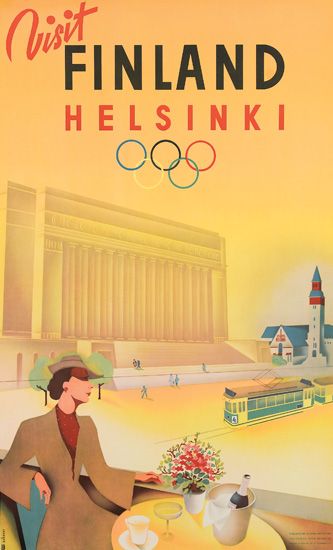
The 1940 Olympics scheduled to take place in Finland were cancelled due to the outbreak of World War II. However, fully expecting to host the Olympic Games in 1940, the Finnish Olympic advertising machine was in full gear. This image, by Jorma Suhonen depicting Helsinki’s Parliament House and exhibiting the Olympic rings, was not an official Olympic poster. It was produced by the Finnish Railways and emphasized the country’s cosmopolitan style (the elegant woman is drinking champagne).
Los Angeles — 1932
Santa Fe Railroad
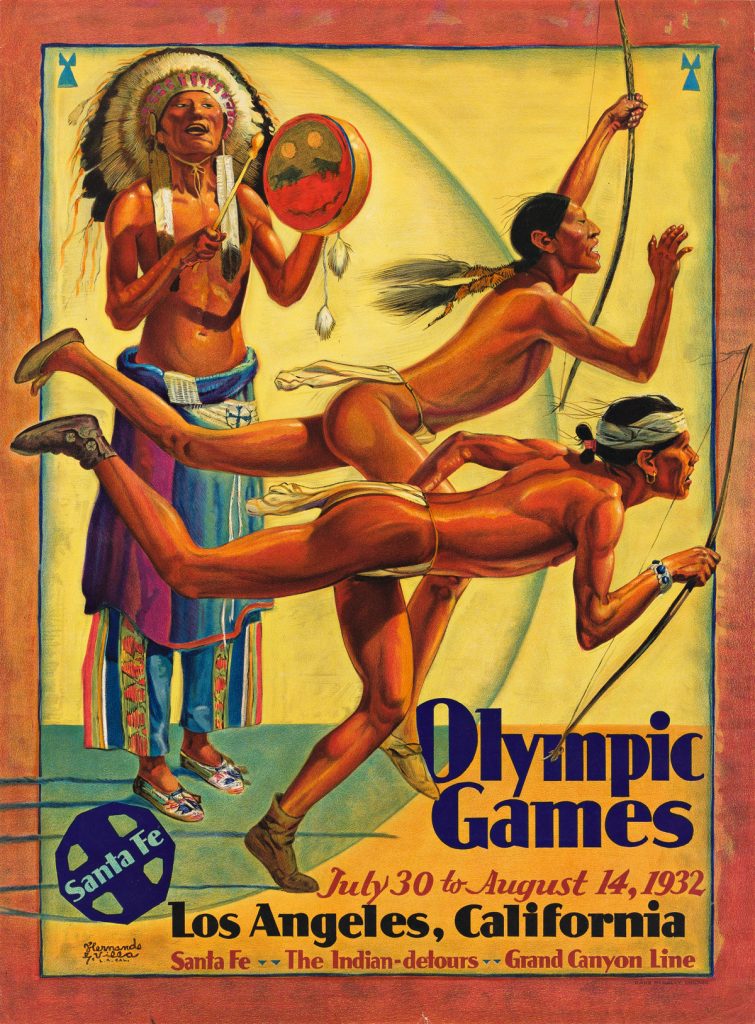
This poster, prominently promoting the Olympic Games in Los Angeles, was published by the Santa Fe Railroad in an attempt to sell tickets on their trains to the West Coast. The image is most certainly a sporting image, combining track and field and archery. However, the main focus of the poster is on the sights that travelers would see on the railroads “Indian detours.” “The specialized tours by car were to divert passengers from the train for one to three days and drive them through the “wilderness panoramas” of Northern New Mexico to Indian ruin sites, and living pueblos.” (santafeselection.com) Curiously, archery was an Olympic event at the games in 1900, 1904, 1908 and then 1920, when the event was discontinued until 1972.
Union Pacific
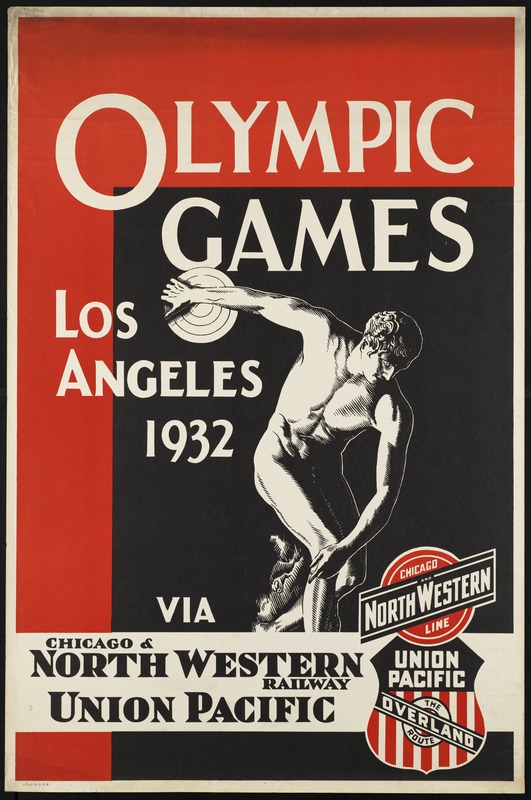
Other railways also took advantage of the games in Los Angeles to promote their own lines, including the Union Pacific and the Chicago & Northwestern. Not nearly as creative as the image for the Santa Fe, it certainly made a more direct appeal to the Olympic Games by featuring the Discobolus of Myron [the Discuss Thrower], the personification of the athletic ideal and one of the unofficial icons of the Olympics.
Berlin — 1936
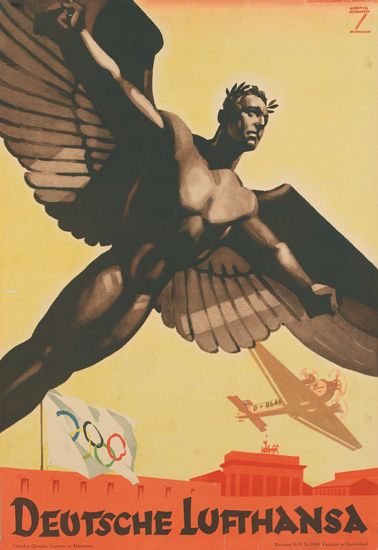
This rare, 1936, poster by the German poster master Ludwig Hohlwein depicts a Junkers JU 52 flying over the Olympic flag and Berlin’s Brandenberg Gate. The figure in the foreground is based on a 1914 statue of German aviator Otto Lilienthal, a pioneer of early aviation who was known as the “Glider King.” Here the statue is shown with a laurel wreath to signify the games. In spite of its Olympic references, this extremely rare poster is not an official Olympic poster. It uses the Olympic Games to advertise Germany’s national airline as a means of traveling to the competition.
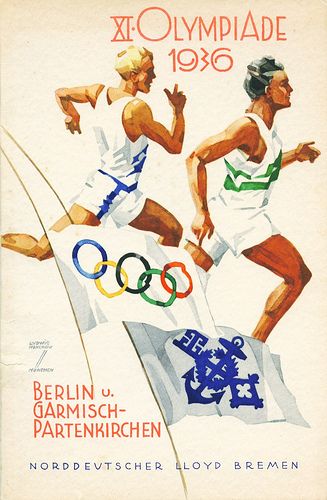
Both the summer and winter games were held in Germany in 1936. And Hohlwein not only promoted air travel to the games (see number 5) but also designed this ad for Germany’s premier Ocean Liner company, Norddeutscher Lloyd Bremen, with the corporate flag hoisted next to the Olympic rings.
Berlin — 1916
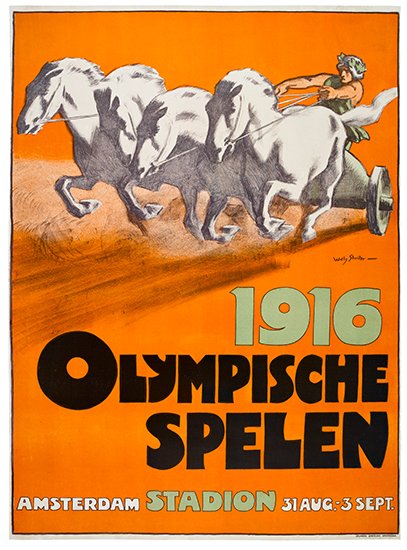
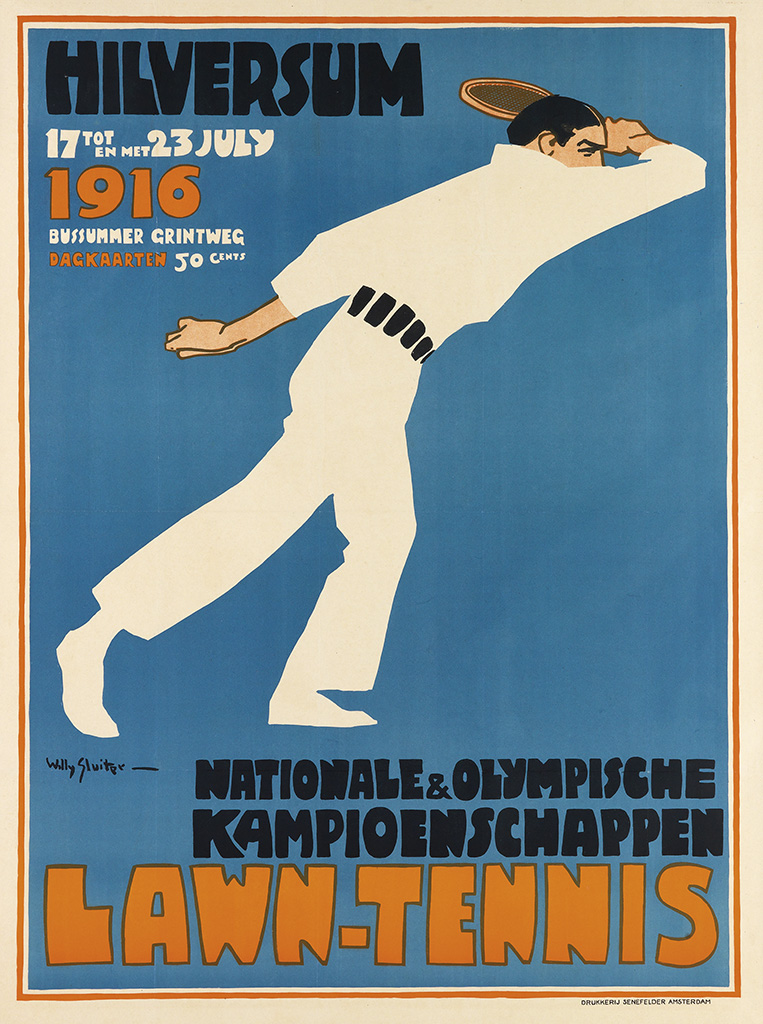
Neither of these two posters by Willy Sluiter, 1916, are cross promotional pieces, but they are exceptional little bit of world history. The outbreak of World War I caused the scheduled 1916 Berlin Olympic Games (the VI Olympiad) to be cancelled. “In spite of their annulment, one poster . . . acts as a reminder of the phantom Olympiad. On the initiative of Baron F.W.C.H. Van Tuijill van Serooskerken, known as the ‘father of Dutch sport’ and a member of the IOC [International Olympic committee] since 1898, National Olympic Games were organized in Amsterdam in 1916 to stimulate sports in the Netherlands and to keep the Olympic Movement alive. They started on the very day that the opening ceremony would have taken place in Berlin” (Olympic Posters p. 25). The second poster also makes note that the tennis tournament was a national and Olympic Championship.
Melbourne — 1956
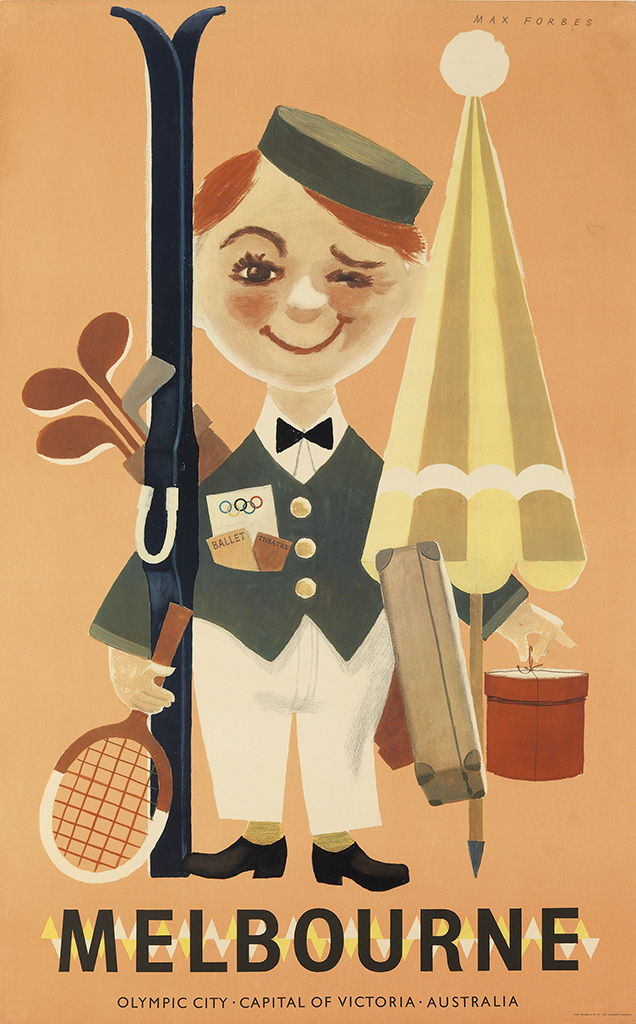
Although not officially an Olympic poster, this circa-1956 image by Max Forbes was certainly issued in conjunction with the Melbourne games, as the beladen bell boy has a ticket (or program) to an Olympic event sticking out visibly from his pocket. There is also the additional reference to sports as his arms are full with racquets, clubs and skis.
London — 1948
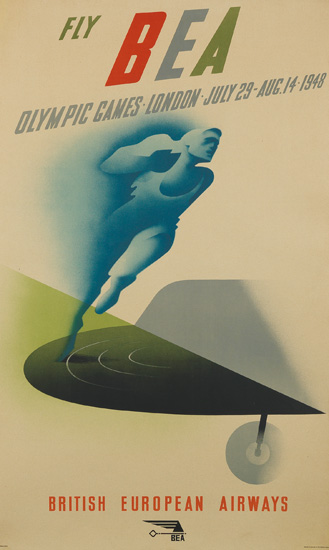
Although not an official Olympic poster, Abram Games uses the 1948 London Olympic games as the selling point for travel to Britain. Games’ reputation as a graphic designer had grown during World War II, as he had designed many posters to help Britain’s war effort. Here he manages to visually conflate the idea of a plane’s propeller into a running track.
Workers’ Olympiads
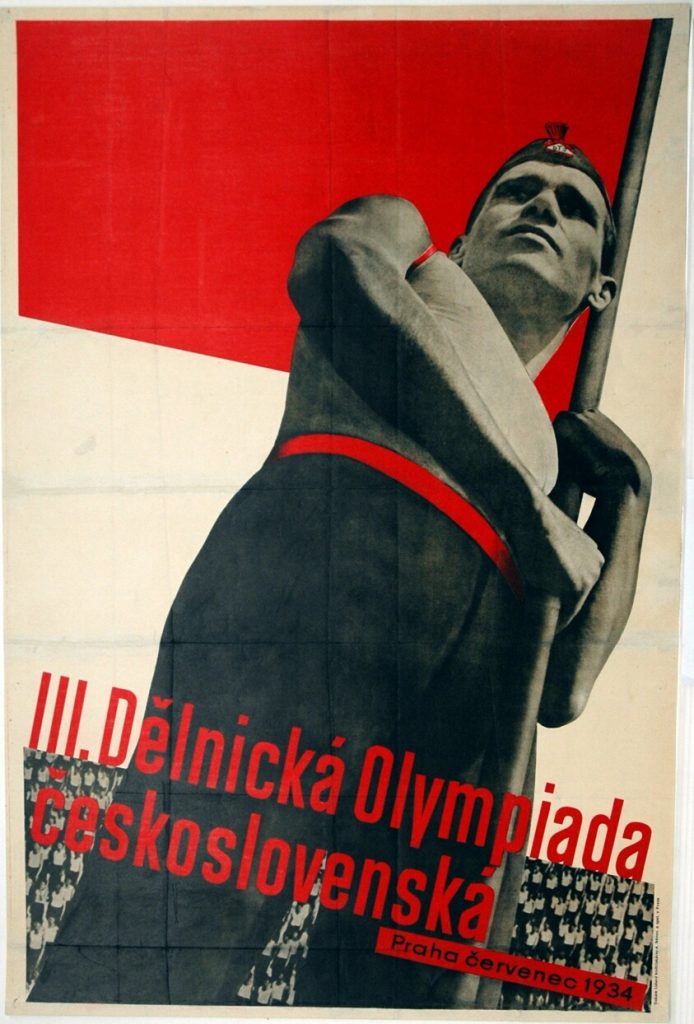
This last poster, by Ladislav Sutnar and August Tschinkel, to be fair is not an Olympic poster, but it is promoting the third Worker’s Olympiad of Czechoslovakia in Prague, in 1934. ”At the same time as the official Olympic Games were evolving, a significant worker’ sports movement was emerging…An outstanding feature of the international labour sports movement was the organization of Worker’s Olympiads, seen as a democratic expression of working class solidarity – of socialist internationalism.” (Olympic Posters p. 31)
Do you have an Olympic poster we should take a look at?
Learn about how to consign to an auction, and send us a note about your item.
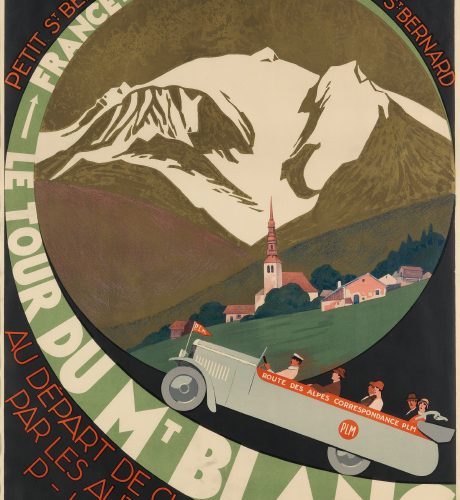
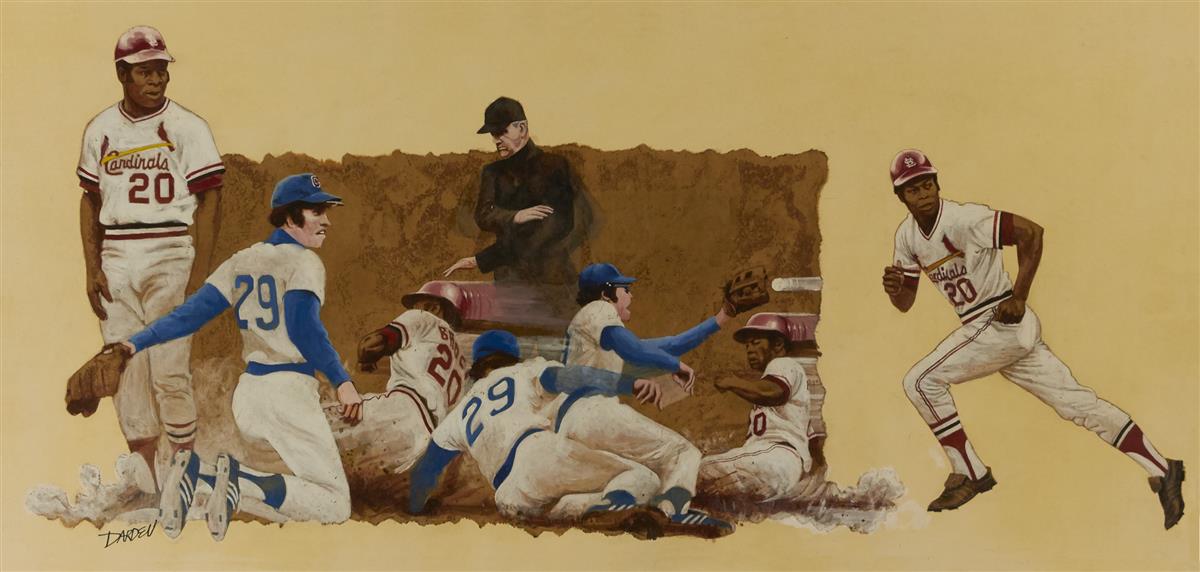
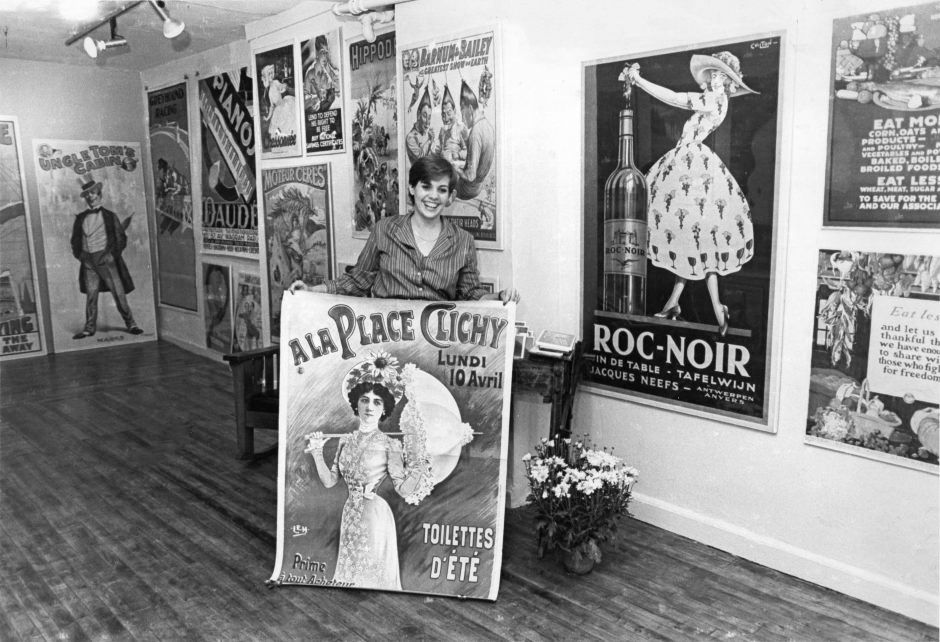








![Grace Meschery-McCormack shares about two copies of Fernando de Rojas’s ‘La Célestine,’ including a limited edition copy illustrated by Pablo Picasso.
At auction April 22. Learn more about the works at the link in our bio.
#Rarebooks #rarebookdealer #antiquarianbooks #auctions
_______________________________________
Music Credit:
Schubert - Piano Quintet in A major ‘The Trout’, D. 667 - IV. Andantino – Allegretto
Music provided by Classical Music Copyright Free on Youtube [https://tinyurl.com/visit-cmcf]
Watch: • Schubert - Piano Quintet in A major ‘...]](https://scontent-iad3-1.cdninstagram.com/v/t51.75761-15/491443494_18499096345036585_5935932878956098058_n.jpg?stp=dst-jpg_e35_tt6&_nc_cat=107&ccb=1-7&_nc_sid=18de74&_nc_ohc=AZ-awqelOZgQ7kNvwFA19hE&_nc_oc=AdkZVODYB5VxTPck7kaEV8QTzHwvQLzaAjo_r9W39mgpTAk2Ix_Bp7bj2bTOpAdxWZY&_nc_zt=23&_nc_ht=scontent-iad3-1.cdninstagram.com&edm=AM6HXa8EAAAA&_nc_gid=2TgSMa3ATLCi1EROZhd73g&oh=00_AfFHYYyG_Gl3AwXAWbUa6m533K_LgkY6Zz_gCgFqc--wpw&oe=680FB211)






